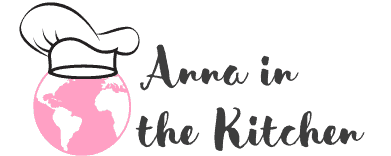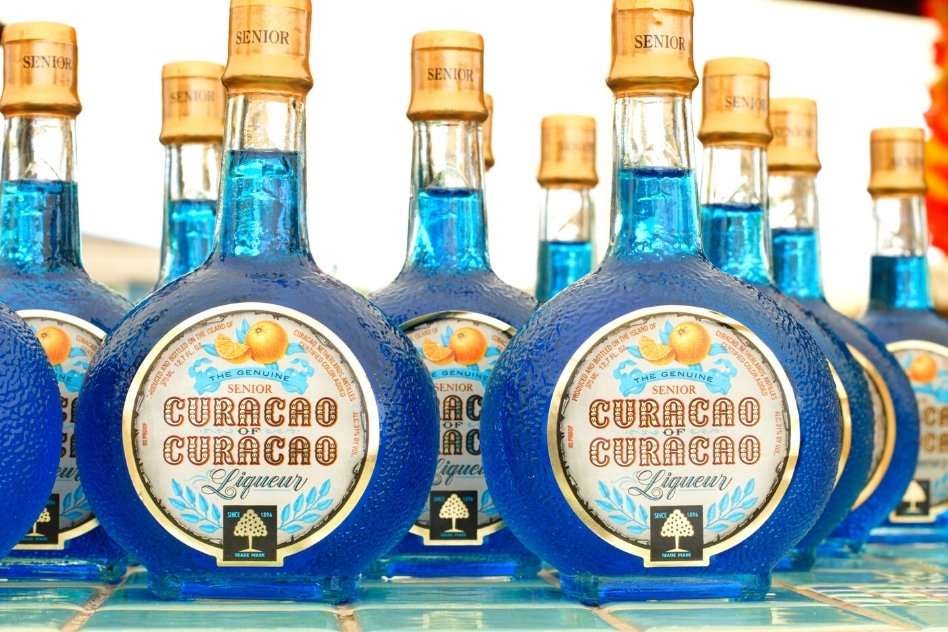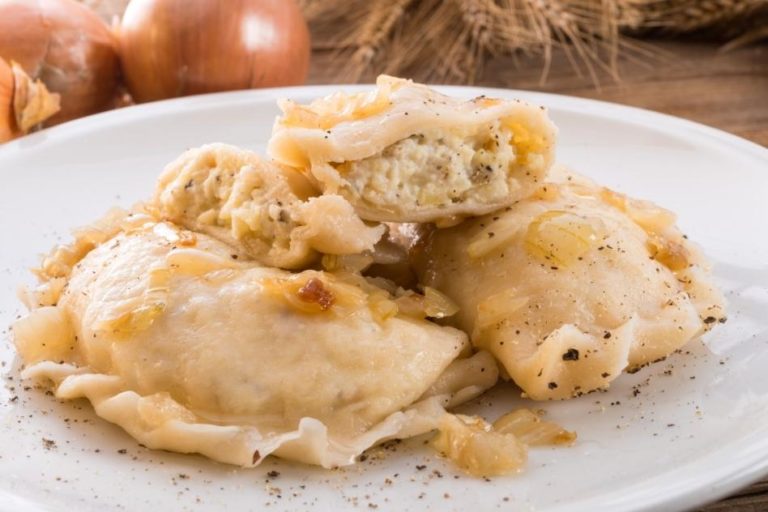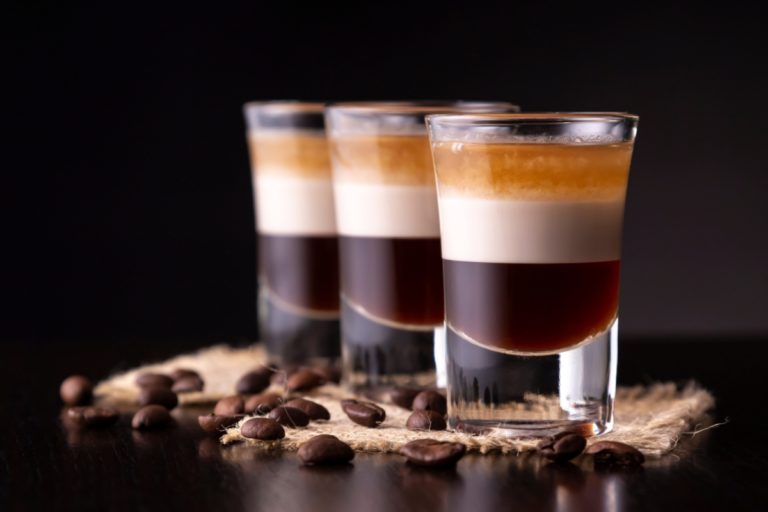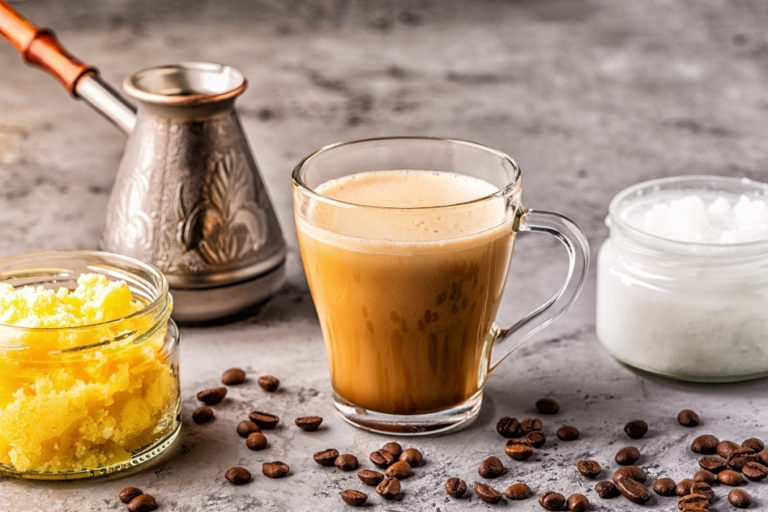Blue Curacao – An Orange Liqueur Story
You can’t love cocktails without having tasted blue curacao. That blue-colored Caribbean drink that tastes like oranges is used in so many popular recipes – Blue Lagoon, Purple Rain, Sex in the Driveway, Blue Margarita, Seven Seas Martini, Blue Whale, Blue Hawaiian, Irish Trash Can Cocktail, Blue Monday, and more.
But Where Did Curacao Originate?
The answer is really easy. Curacao originated in the island nation of Curacao in the West Indies. Curacao and the smaller island of Klein Curacao form a constituent country in the Kingdom of the Netherlands. And so our story begins.
Spain colonized a number of islands in the West Indies in 1499 and Curacao was one of them. In 1527, the Spanish transplanted bitter Seville oranges to Curacao and tried to harvest them. But the arid climate and lava-based soil made it difficult for them to flourish and these trees were abandoned.
Over time, nature had its way and these bright oranges evolved into the laraha oranges or Curacao oranges that are green in color.
When the Dutch took over the island of Curacao they found groves of these oranges growing wild. The laraha oranges cannot be eaten because their fruit was too bitter to be edible, but their peels were found to be really aromatic.
Lucas Bols of the infamous Bols industry was a shareholder of the Dutch East Indian Company that brought exotic spices and fruits to Amsterdam for sale, including the laraha oranges.
Lucas experimented with the laraha orange peels and found a way to extract the aromatic oils from the peels. He used this oil to create the Curacao liqueur. Lucas added electric blue food coloring to the liqueur and made it popular.
For a short while in 1912, the Bols company also marketed curacao as Crème de Ciel (cream of the sky).
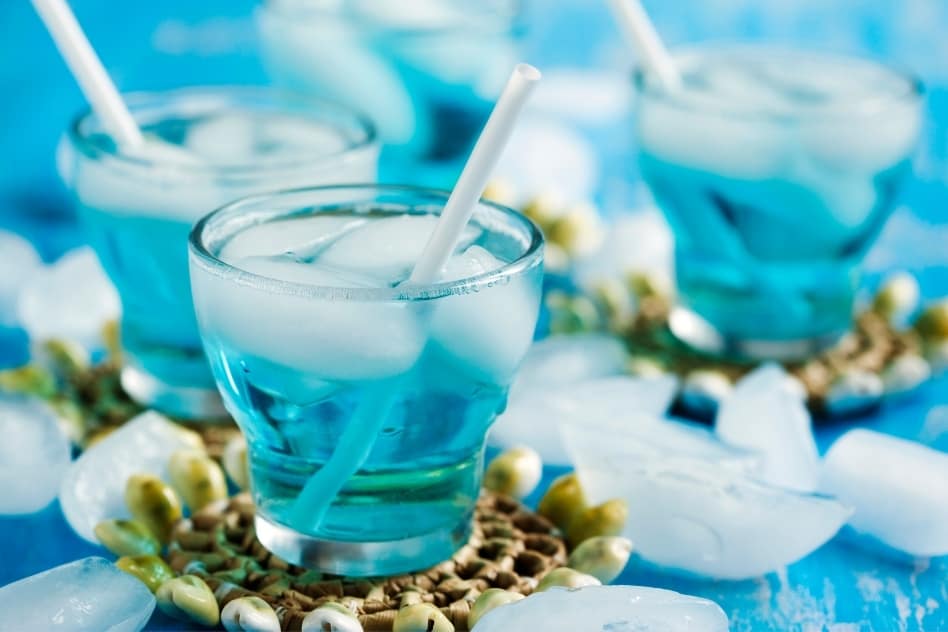
And here’s a story of a different origin, one based entirely on Curacao itself. And a different orange too!
Senior & Co, a Sephardic Jewish company founded by Edgar Senior and Haim Mendes Chumaceiro in Curacao in 1896 operated a drug store called ‘Botika Excelsior’.
They say it was not the Seville oranges that the Spanish brought to Curacao, but the sweet Valencia oranges. And historical records show that they were brought over by Perez Maestre. Because these sweet oranges didn’t thrive in Curacao they were abandoned. And as in the story earlier, the Dutch found small groves of these oranges that had transformed over time.
Decades later someone discovered that when the laraha orange peels were dried by the sun, the oils produced had a pleasant fragrance and flavor.
In the late 1890s, Chumaceiro created an aperitif called Senior’s Curacao Tonic that they soon called Senior’s Curacao Liqueur.
To this day, the laraha orange is hand-cut and harvested just before ripening, and a 120-year-old copper pot is used for distillation. And that’s how the Curacao liqueur is made.
Being the only distillery on the island of Curacao and being the only distillery to make curacao with real orange peel, no wonder Senior & Co. mark their products as “genuine” Curacao.
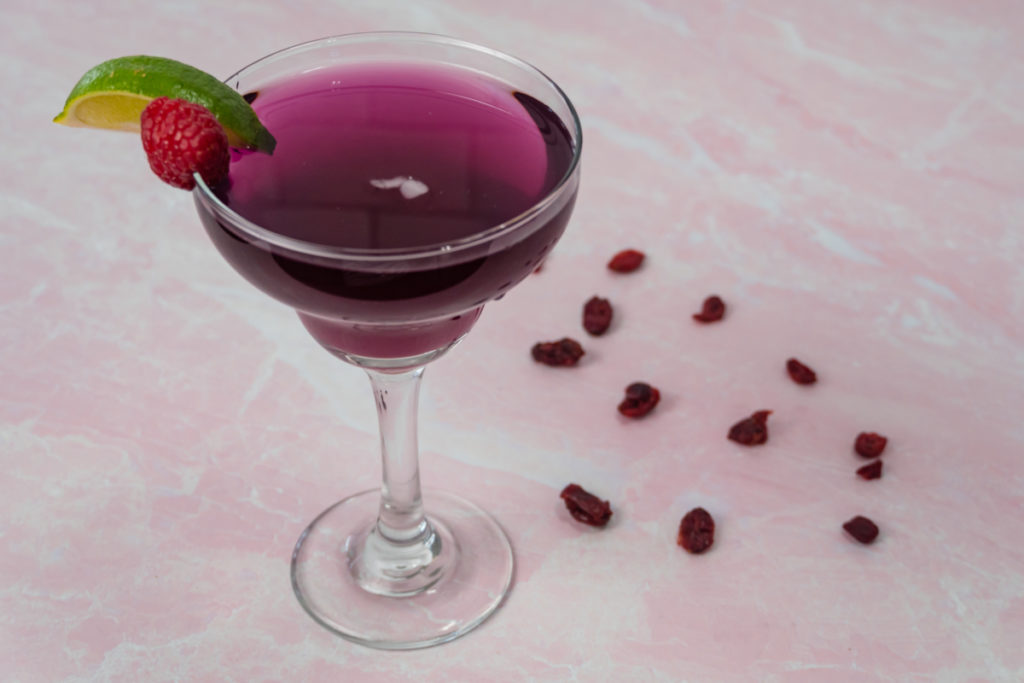
FAQS about Blue Curacao
How do you pronounce Blue Curacao?
The word curacao has a hard ‘c’ at the start and a soft ‘ç’ called the cedilla at the end. The hard ‘c’ is pronounced with as ‘k’ and the soft ‘c’ as an ‘s’. So the word curacao is cur-ah-souw or kyur-ah-sow.
What are the other names of the curacao orange?
The curacao orange is also called the laraha orange, Citrus Aurantium Currassuviensis, or the Golden Orange of Curacao.
Why is it called the Golden Orange of Curacao?
The laraha oranges are called the Golden Orange of Curacao because when they’re ripe they turn orange in color. Simple really.
What does blue curacao taste like?
Curacao tastes slightly bitter and sweet at the same time.
Where is Curacao located?
Curacao is located in the Caribbean Sea close to Aruba and Bonaire. Together these 3 islands are often called the ABC islands or the Dutch Caribbean.
Is blue curacao naturally blue?
No, curacao is not naturally blue. It is a clear liquid. The color called Blue 1 or Brilliant Blue FCF with E number E133 is added to the curacao liqueur to give it the blue color. In the past, butterfly pea flower may have been used to color curacao, but there’s no concrete evidence for this.
What’s the difference between curacao and triple sec?
Both curacao and triple sec are made with oranges. Curacao is made with bitter laraha orange peels from the island Curacao in the West Indies. It is available as a red, blue, orange, green, and clear colored liquid, but blue is the most popular.
Triple sec is actually a version of curacao that was originally called triple sec curacao. It originated in France and is made with the peels of bitter and sweet oranges from Curacao and spices from France. It is usually clear, golden, or blue in color.

Purple Rain Cocktail

Popular British cocktail that changes colors while you make it!
Ingredients
- 1 - 1 1/2 shot of vodka (depending on how strong you want your cocktail to be)
- 1/2 shot of Blue Curacao
- 1/4 shot of grenadine
- 4 shots of lemonade
Instructions
- Fill a martini or highball glass with ice.
- Pour grenadine and vodka into the glass, then top with lemonade.
- Pour Blue Curacao on the top creating the effect of "purple rain". Then mix everything in the glass with a long spoon (just like you would with a mojito).
- Top with a lime wedge if desired and purple sugar (see notes)
Notes
You can decorate the glass with purple sugar. To make purple sugar by mixing sugar with a little Blue Curaçao and Grenadine. Then place on top of the glass by rimming the edge of your glass with a lemon wedge and then dipping in sugar.
Various recipes tell you to shake the cocktail. I never did in my years of bartending because it creates a crazy mess due to the fizziness of lemonade and it loses the effect of color changing. I treat it like mojito and mix everything in the glass with a long spoon.
